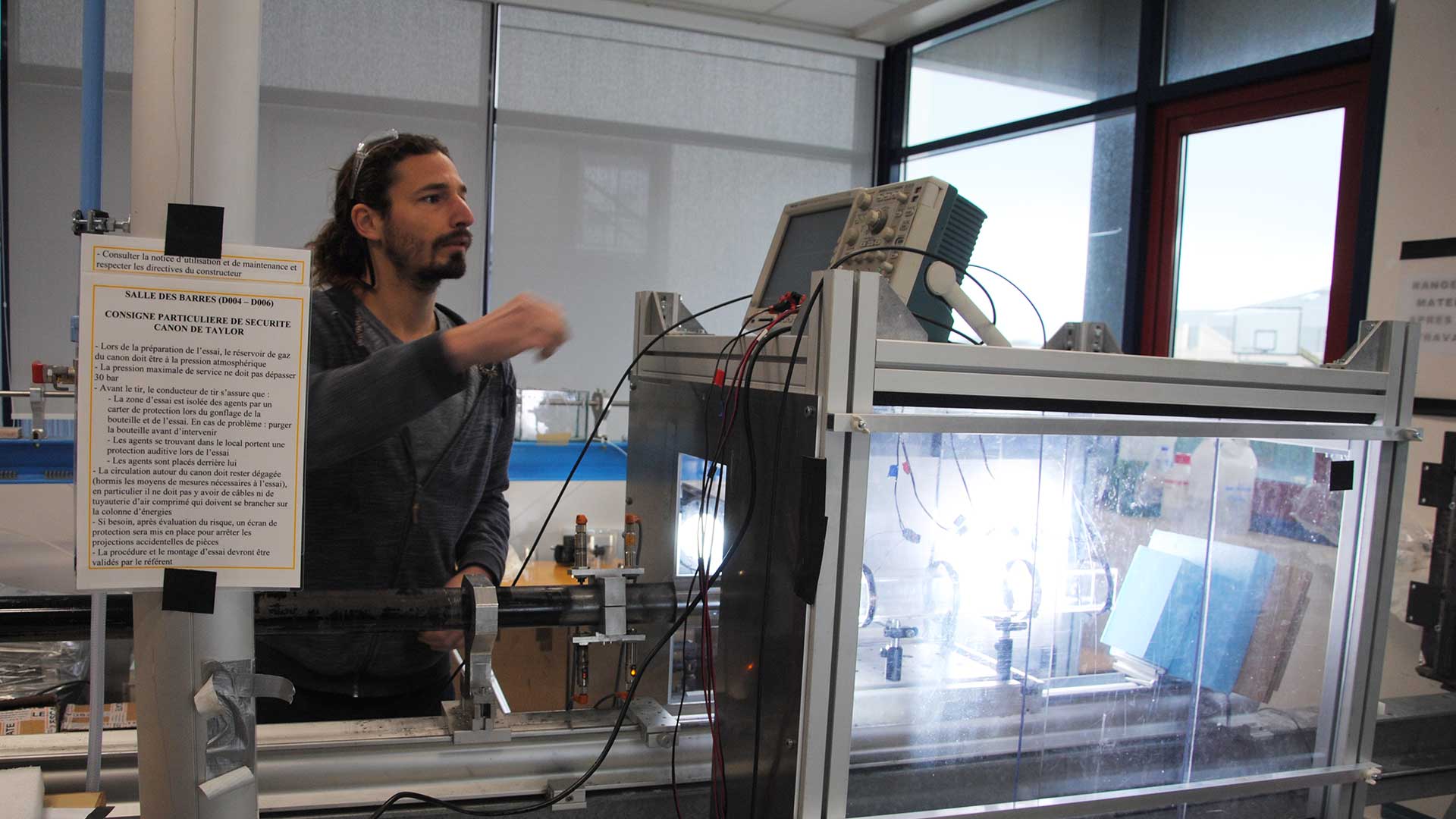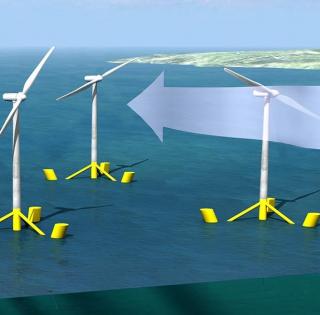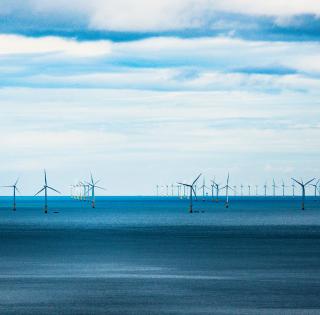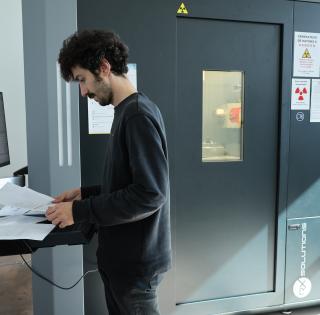
A look back at activities conducted in 2022
ENSTA Bretagne’s “Pyrotechnical Systems” team, a member of the IRDL mechanical engineering laboratory, is continuing to study the characterization of the effects of explosions and their barriers.
At the beginning of 2022, Jérémie Tartière defended his CIFRE Airbus thesis on the explosive forming of large metal parts for aircraft.
Three other theses began in 2022. Aymerick Reinders’ thesis, financed by the Defense Innovation Agency’s COBADI project, sets out to design water-blown foam barriers to reduce blast effects. Baptiste Reynier’s thesis, financed by the CESTA center of the Military Applications Division (DAM) of the French Alternative Energies and Atomic Energy Commission (CEA), is studying ejecta emitted during impacts at over 18,000 km/h. Lastly, Julie Morand’s thesis, financed by the Le Ripault Center of the CEA DAM, is researching a system for initiating explosives by impact: the latter is generated at high speed thanks to the propulsion of a projectile by the energy of a powerful pulsed laser, the most suitable device for controlling the initiation times of low-sensitivity explosives.
In addition, ENSTA Bretagne has joined the Aeroballistic Range Association, which studies ballistics, guns and launchers, and brings together leading national and international research centers working in this field, including the CEA.
On a final note, a new pyrotechnical testing ground opened in 2022, dedicated to studying very small samples of energetic materials. These are tested with a view to determining their thermomechanical properties. To give an example: using Split-Hopkinson-Pressure-Bars, it is possible to study the impact of a shock on an energetic material propelled at very high speed and to analyze the mechanical damage sustained by the material and the effects on its ignition and combustion properties.





















